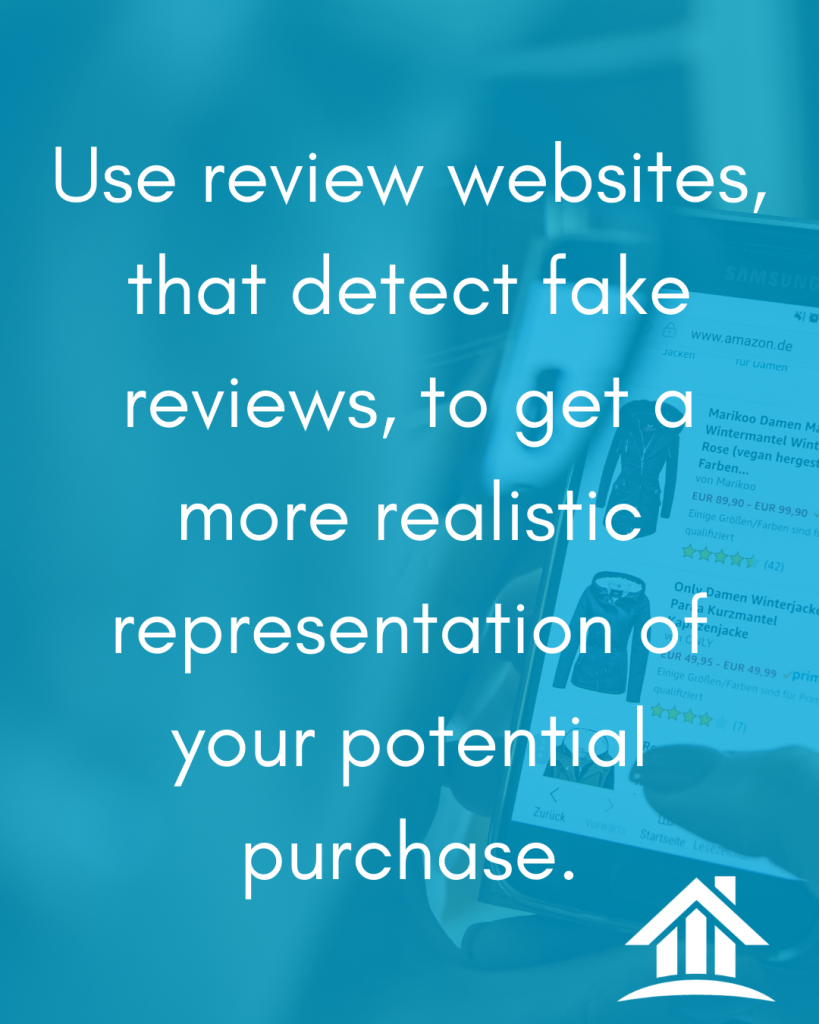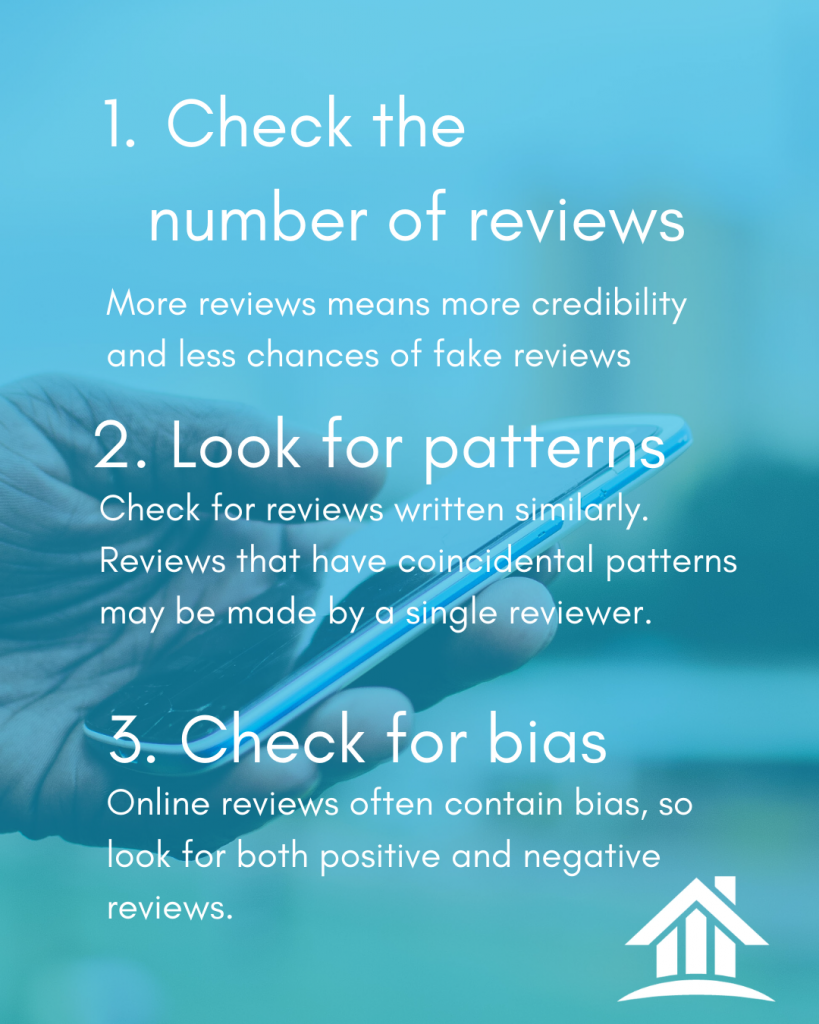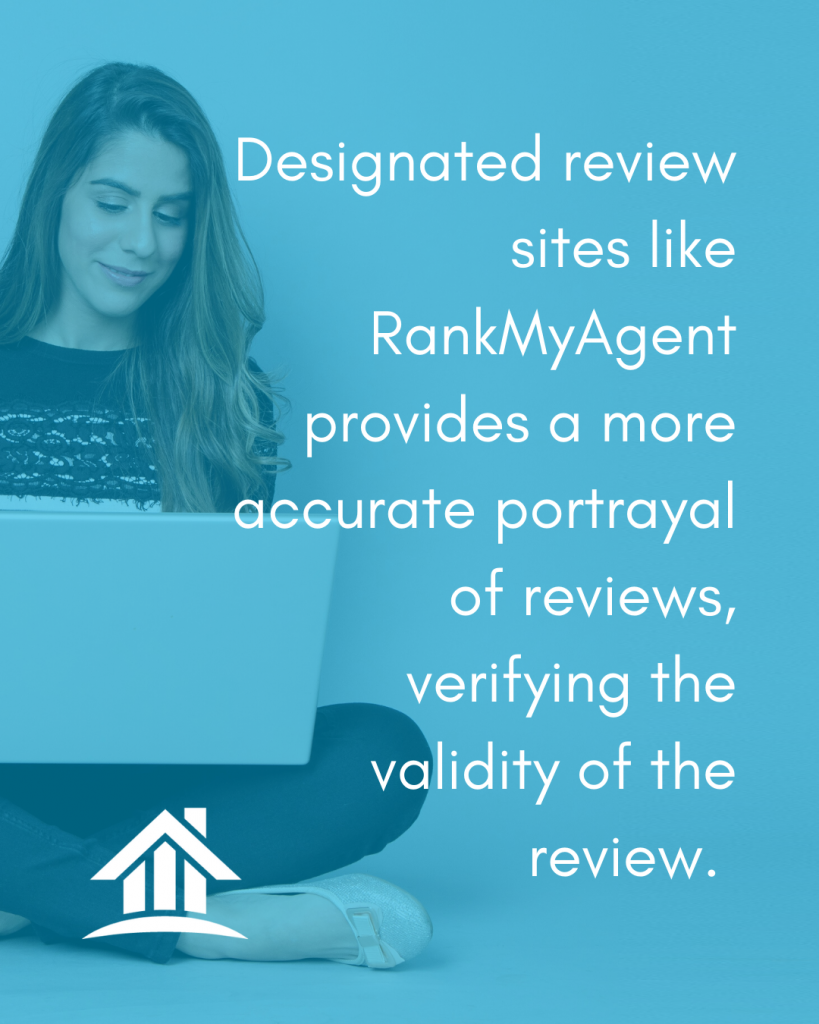Before visiting a restaurant or hiring a contractor in the past, we may have asked friends and family members for referrals to their favourite spot or person. But with the internet came online reviews—a way for us to learn from hundreds or thousands of people about whether a product or service is worth its cost. Online reviews are now so critical that 86% of consumers read an online review before using a local business. This number jumps to 95% for those aged 18-34.
Not only are online reviews widely used, but they’re also important in how we make buying decisions. 57% of consumers in the same survey stated that they only patroned a business with an online review of four or more stars.
But how accurate are these reviews? It’s not uncommon for business owners to either fake positive reviews for their own business or negative ones for their competitors. Reviews can also be biased due to influence from the business in the form of discounts and promotions. In this article, we review how to weed out fake reviews and see if a business is truly as bad or good as you hear.
Can you actually trust an online review?
Fake and bias reviews run rampant on every site. One survey found that 58% of businesses reported receiving a fake review. This is true on e-commerce, social media, and even dedicated review websites. Businesses also use promotions and refunds to entice consumers to leave good reviews or to remove bad ones.
In e-commerce for example, aside from untrue reviews, businesses may provide refunds to anyone not satisfied with their product in exchange for the removal of their review. As a result, the overall rating of the product is swayed towards five stars, as anything less than that has been removed. This can provide an improper picture of how the product actually is.

Similar issues occur with social media websites like Facebook or Google (while Google Plus is gone, Google Review is alive and well!). Business owners commonly entice positive reviews with free products or discounts. It’s also not uncommon for their marketing team to create fake Facebook and Google users to leave reviews that push their rating closer to that perfect five stars. At the same time, these fake accounts can leave poor reviews on their competitor’s pages.
Then there are dedicated review websites such as Yelp, Angie’s list, and RankMyAgent. These websites value the trust of their audience and know that fake reviews would eliminate this trust. Dedicated review websites usually put more effort into monitoring posted reviews. Some review sites such as RankMyAgent go as far as to verify that all reviews first. Others like Yelp allow businesses to report what they believe to be a fake review, and their moderators scour through postings for suspiciously positive ones. These sites also watch out for businesses trying to solicit favourably bias reviews.
If you really want to know if a review is trustworthy, it’s important to find out a site’s procedures in tackling fake and bias reviews. A site that is passive towards fake reviews is ultimately not as trustworthy as a site where reviews are heavily monitored or require verification.
What to look out for when reading an online review

No website is perfect in monitoring their reviews. So how can you figure out whether a business deserves the number of stars or positive/negative ratings it has? Furthermore, how can you get the best flavour of whether this product or service is really worth your money?
Check the number of reviews: The number of reviews says a lot about a product. When the total number is low, a few bad or good reviews can easily slant the overall rating. This could incentivize someone to post fake reviews—whether positive or negative. However, if a product or service has hundreds or thousands of reviews, the rating is robust and a few good or bad ratings won’t make any substantial changes. It’s also very difficult to fake hundreds of reviews.
Check the number of reviews: The number of reviews says a lot about a product. When the total number is low, a few bad or good reviews can easily slant the overall rating. This could incentivize someone to post fake reviews—whether positive or negative. However, if a product or service has hundreds or thousands of reviews, the rating is robust and a few good or bad ratings won’t make any substantial changes. It’s also very difficult to fake hundreds of reviews.
Look for Patterns: Patterns are an indicator of what the business is good or bad at. For example, a particular item on their menu or a certain trait about their abilities as a realtor could be brought up multiple times in various reviews. But patterns go beyond this. Look for patterns in spelling and grammar, length of review, and the names of the reviewers. If coincidences are popping up, it could be a sign of a single person using multiple accounts to write fake reviews.
Detect Bias: The people writing reviews are not professional reviewers in most cases and are likely not neutral. A reviewer who happens to be a friend or family member will likely give the business five stars. Although it’s hard to weed these bias reviews out, it’s important to look at both positive and negative reviews, even if the business has 4.5 stars.
Read three-star reviews for the most balanced picture. Five-star reviews are commonly overly gushy about how great the business is while one-star reviews are often a spill of venom when someone is in a bad mood. Neither situations are helpful to you. Three-star reviews look at both the pros and cons of the business and are less extreme than its one- and five-star counterparts.
While online reviews are a great resource for seeing if something is worth your money, it may not always be the most accurate portrayal of a business. Fake and bias reviews run rampant for any website with a review system. Look at how the website moderates its posts to see how trustworthy it really is. Designated reviews sites like RankMyAgent are sure to provide a more accurate portrayal than websites that don’t verify whether a posting is real or fake.





